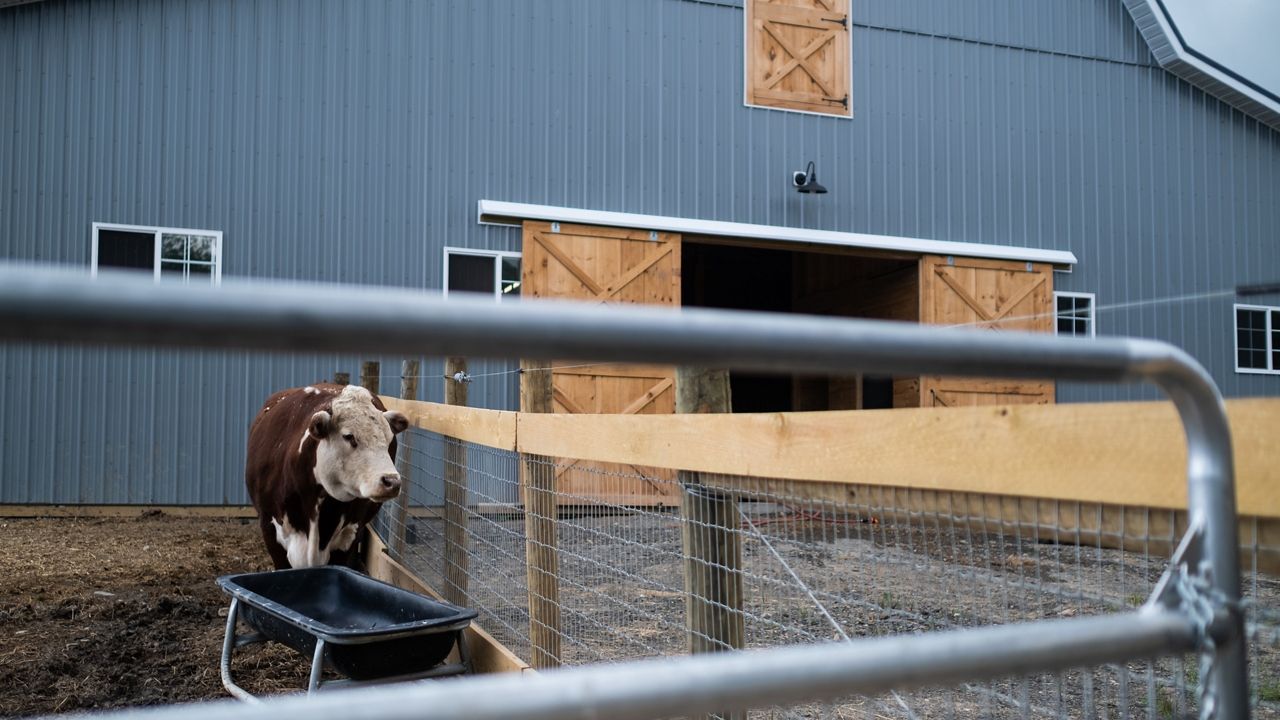Nate Salpeter and Anna Sweet, co-founders of the climate sanctuary Sweet Farm, recently traveled cross-country with their 140 farm animals to bring their environmentally friendly farm practices to the Finger Lakes region from California. Along with their staff, they have started planting seeds and growing produce on their 50-acre farm on Seneca Lake.
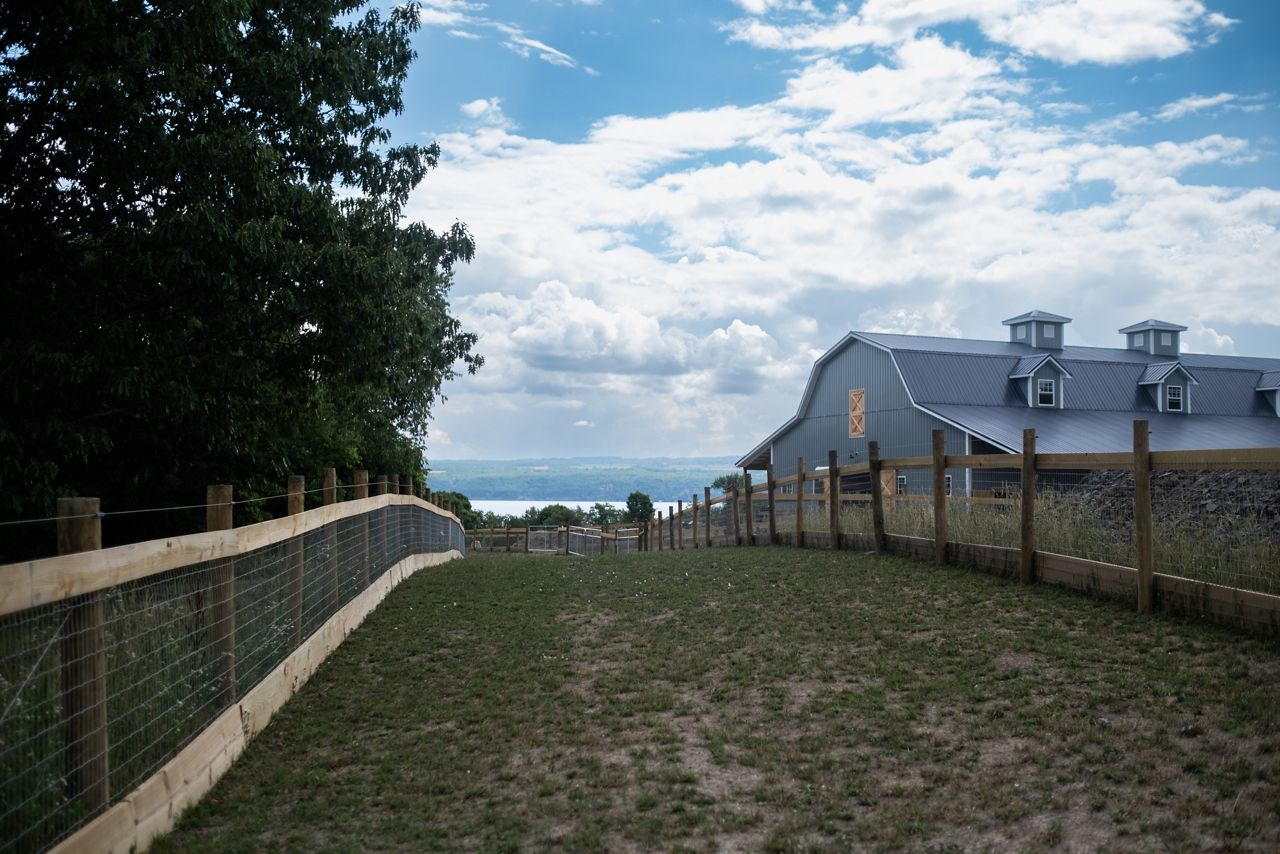
“The idea of a climate sanctuary is not just focusing on one aspect because there are so many different pieces that go into positively impacting the environment. There’s the agricultural component and the animal component and all of that working in this symbiosis. So when you see how they can all connect, then you can do things more naturally and in a way that makes a smaller footprint on the environment. That’s being a climate sanctuary,” said Shira Jacobson, development and communications associate for Sweet Farm.
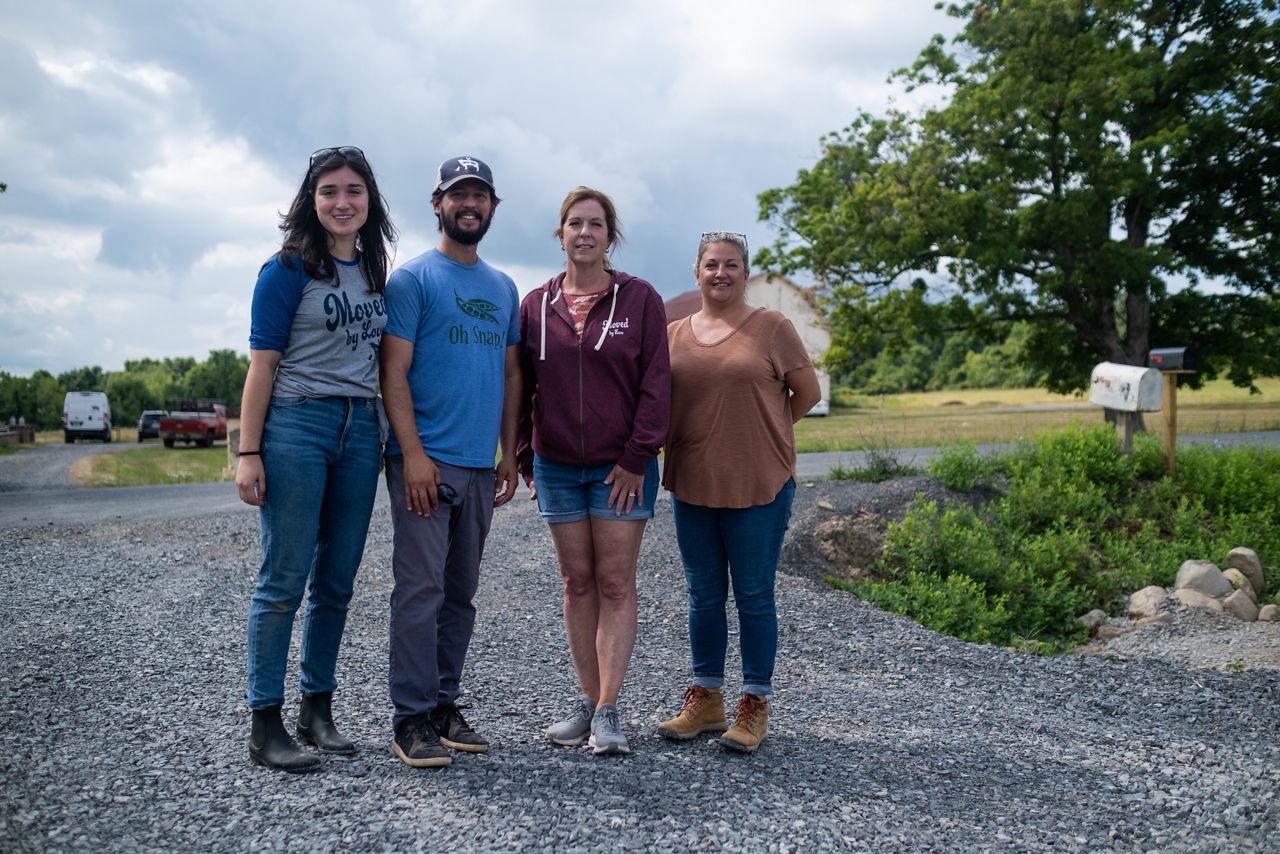
The 140 animal residents of Sweet Farm have plenty of space to roam on this new property. The Sweet Farm is an animal rescue and rehabilitation facility for farm animals who have come from many different places.
“They've come from all different backgrounds, whether it's abuse, abandonment, factory farms, illegal rooster fighting operations, animal ag operations that are closing down to either close permanently or moving into plant based agriculture. The animals out here are living their entire lives. They're not here for any other reason than just to really live their best life and really be ambassadors for the billions and billions of animals like them, but that aren't as lucky,” said co-founder Nate Salpeter.
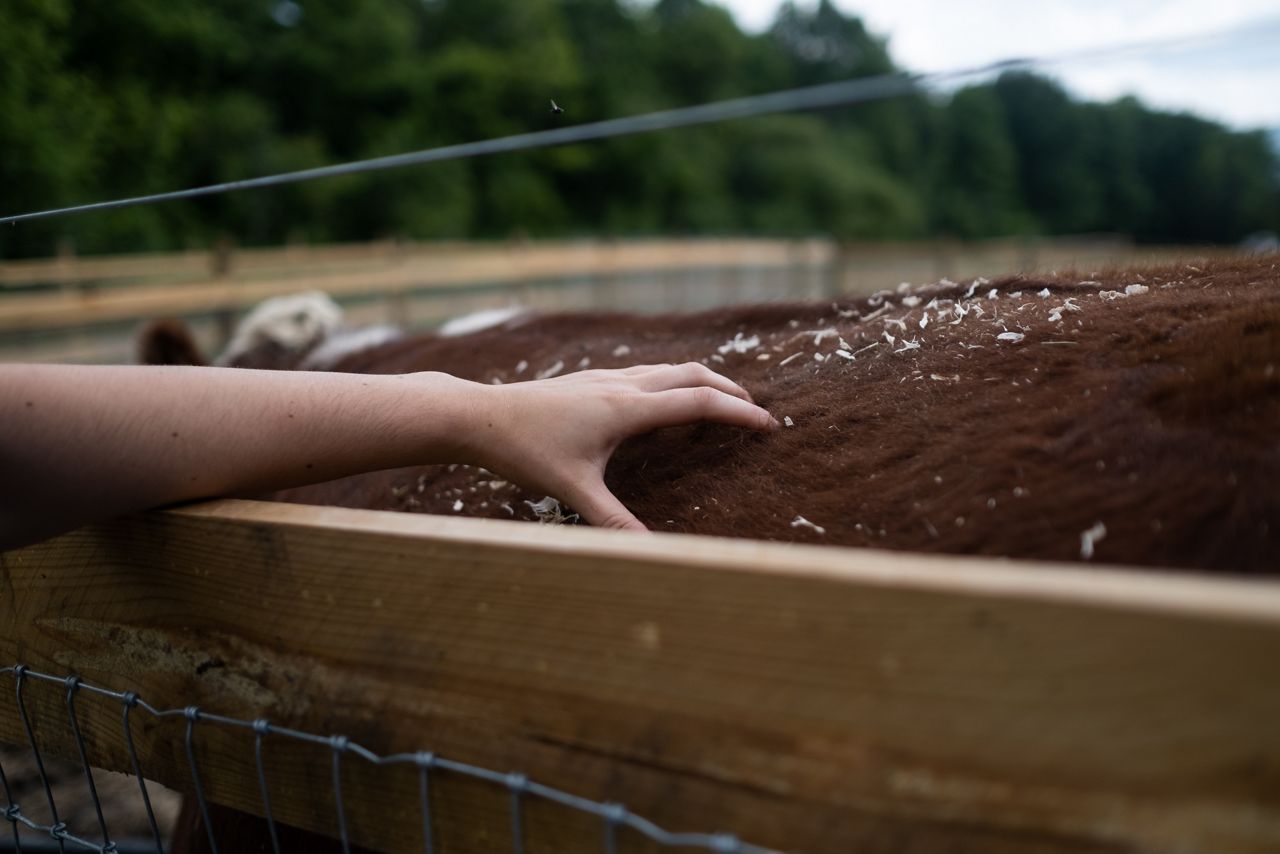
California, where the Sweet Farm had their previous location, has experienced a lot of climate change related issues such as fires and droughts. Two years ago, the farm had to evacuate for an 85,000-acre fire. Fortunately, there were no injuries or damage but they chose the Finger Lakes region because of its climate stability.
“When you just look at what climate scientists say about the area, they've identified this as one of the most climate stable regions in the country, so if we're picking up and moving for some of those reasons, then it makes a lot of sense to select the Finger Lakes.”
At their California location, the Sweet Farm was using a form of fertilizer called biochar. Biochar is defined by the USDA as “a stable solid, rich in carbon that is made from organic waste material or biomass that is partially combusted in the presence of limited oxygen.” Biochar can be made from any organic materials such as wood chips, corn stalks, and manure.
According to The Pacific Northwest Biochar Atlas, it is mixed in with the soil to provide a variety of benefits such as increased pH, and drought mitigation by increasing the moisture retention of the soil.
The Sweet Farm worked with a company called Bioforcetech to create biochar from human waste that they obtained from a wastewater treatment plant. They want to bring the use of biochar to the finger lakes region but are still working out some of the details.
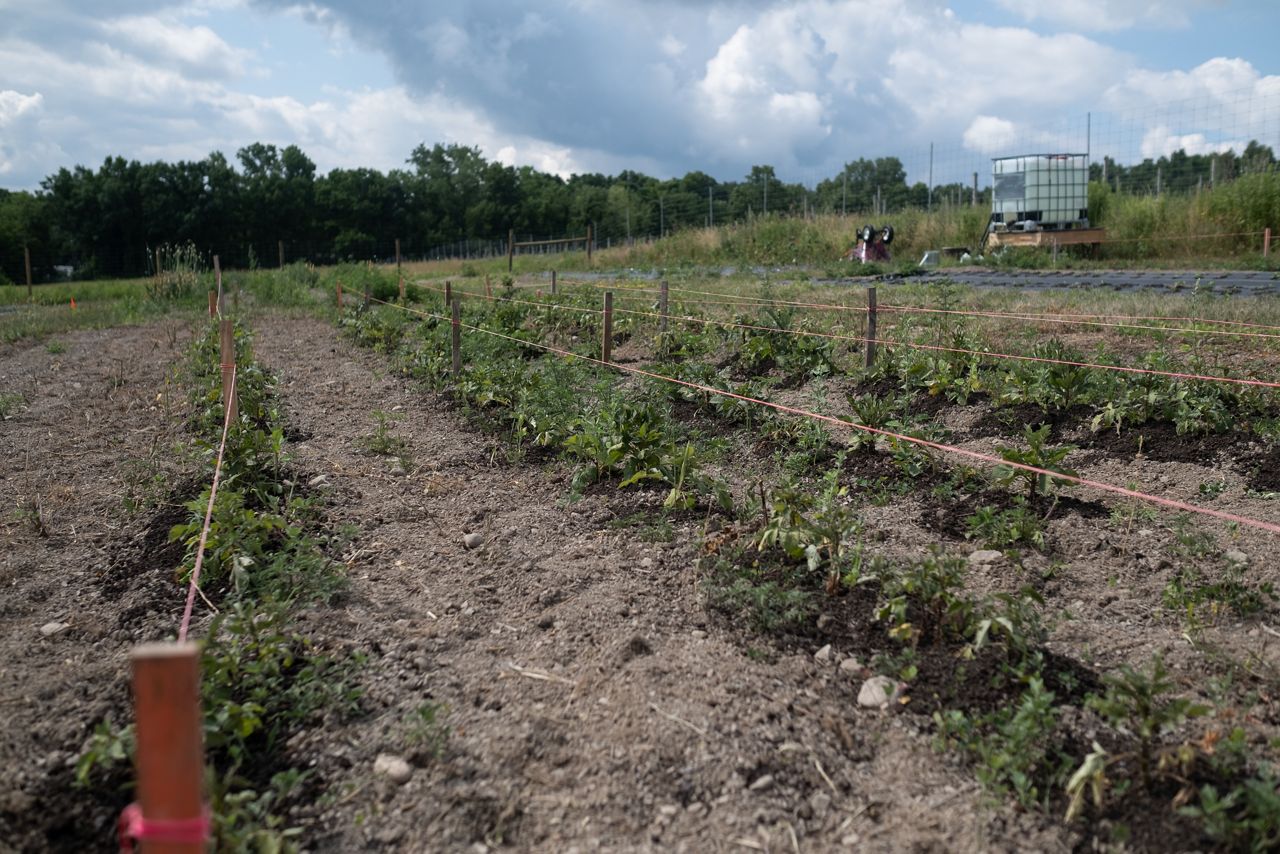
“We are not yet using it but we have a lot of different connections and inroads into different biochar companies that derive their chars from different sources here in the area, and then the next step from that is how does it integrate into our overall program and mitigation programs, “ Salpeter said.
They are working with Cornell Center of Excellence for Food and Agriculture to properly research prior to starting this process here as well. Other regenerative farming techniques they are using include crop rotation, cover cropping, integrated pest management and low and no-tillage.
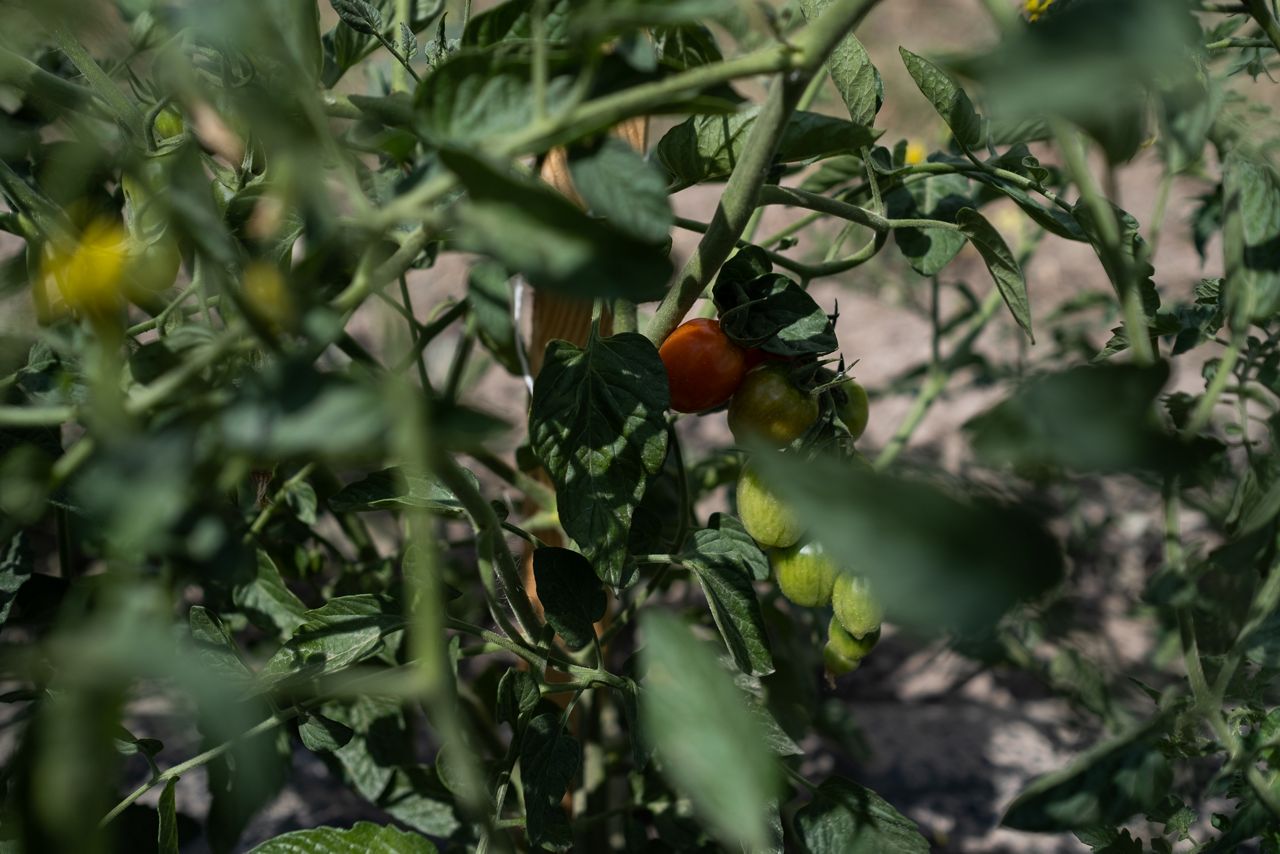
Some may be uncomfortable with the idea of human waste being used on the crops they will consume but Salpeter says, “At first, there's a little bit of the shock and awe moment of it but when you start to break down how these chars are produced, they're burned at very high temperatures with no oxygen, and it breaks down the elements or the compounds into the individual elements, and then you actually walk them through the fact that we're working with top scientists, and are working with companies that are utilizing instrumentation to measure what are the elements in it, so you can actually see the mass spectrometer, or gas chromatograph readings that show there are no things that are out of the ordinary, or that surprised us in this ultimate product.”
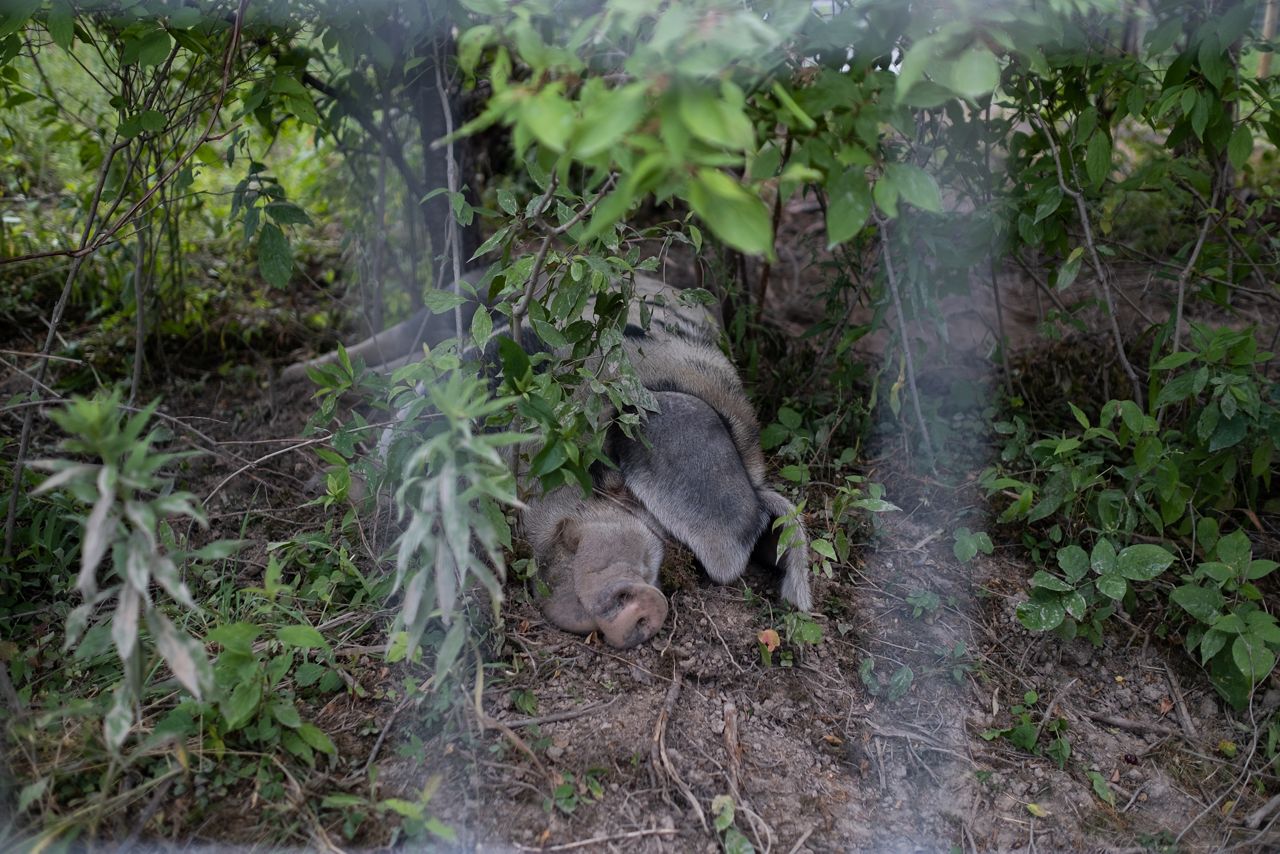
Sweet Farm is now open for public and private tours of their farm. As a start up, they are looking to expand what they grow as time goes on. For right now, they have started with a handful of things such as tomatoes, beans, corn, pumpkins, squash, and flowers, said Kate Swartz, farm education and outreach manager. Nate credits the staff at Sweet Farm for a lot of their knowledge and ability to help around the property.
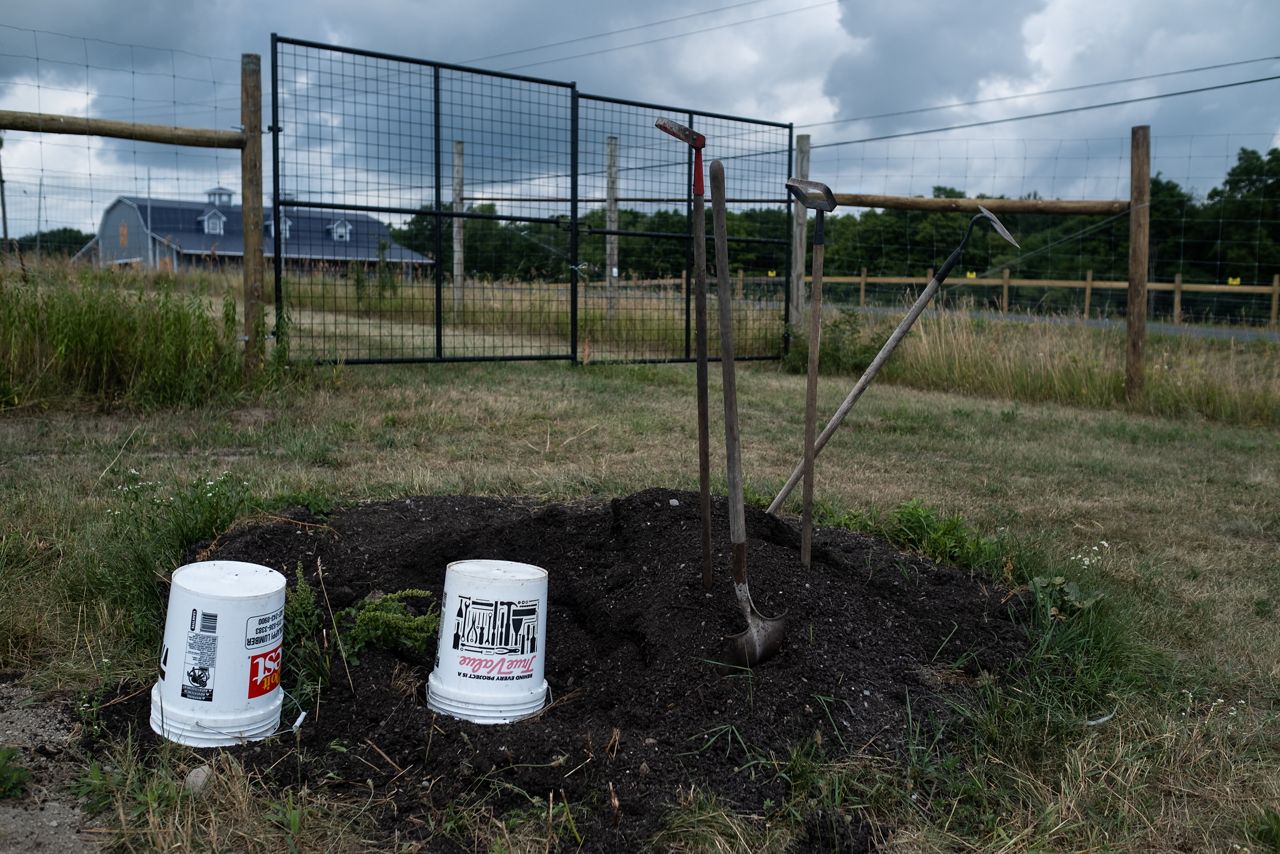
“I would still generally consider ourselves fairly inexperienced. We're still constantly learning; agriculture and the food system at large is very humbling,” said Saleter. “So I think as long as you approach it from a point of constant learning, and understanding that there's a lot of incredibly smart people out there with pieces of the answers, and then collectively, maybe we can piece together something that looks like a more comprehensive approach. I think that's going to be a key thing that helps drive the world forward on this front.”



